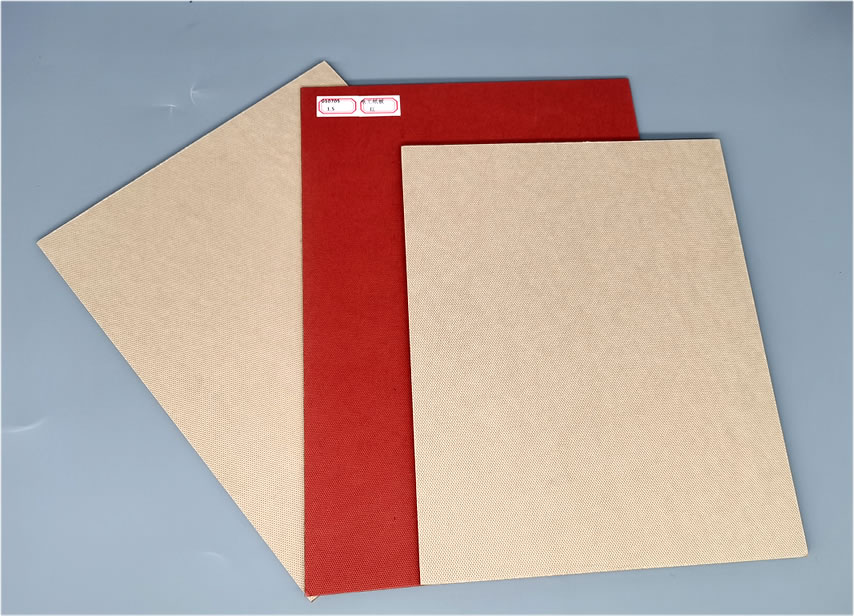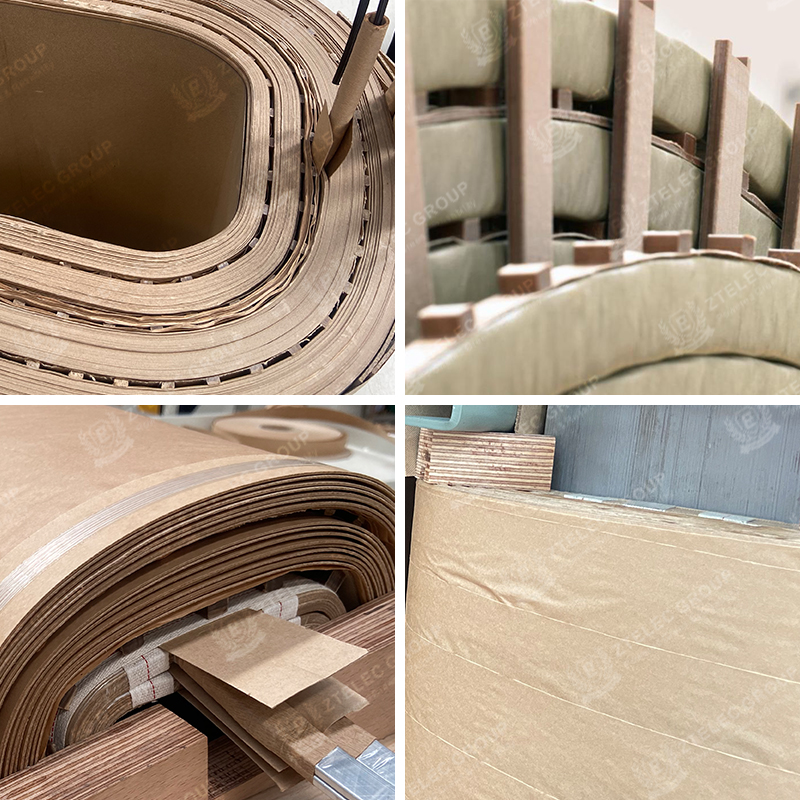Electrical Paper Pressboard (commonly referred to as pressboard) is an electrical insulating material made from high-...
Electrical Paper Pressboard (commonly referred to as pressboard) is an electrical insulating material made from high-quality paper fibers that are compressed through a specialized process. It features excellent dielectric properties, mechanical strength, and heat resistance, and is widely used in insulation systems for various power equipment. Depending on its thickness and density, it can be classified into pressboard (thicker) and thin paper (used for winding-to-winding insulation).

Electrical Paper Pressboard is one of the most commonly used solid insulating materials in transformers. It is widely applied in winding-to-winding insulation, winding-to-core insulation, bushings, and structural supports.
1. Winding-to-Winding Insulation
Low-voltage windings: Thin electrical paper is used to provide layer insulation while maintaining mechanical stability of the windings.
High-voltage windings: Thick pressboard withstands high electric field strength, preventing short circuits and partial discharges.
2. Winding-to-Core Insulation
Electrical pressboard is often used as core supports, spacers, or liners, preventing direct contact between windings and the core, and improving insulation reliability.
3. Bushings and End Supports
In high-voltage bushings and end structures, pressboard serves as a structural insulating material, keeping conductors fixed and preventing displacement or vibration.
4. Oil-immersed and Dry-type Transformers
Oil-immersed transformers: Pressboard is compatible with transformer oil and maintains insulation performance over long-term immersion.
Dry-type transformers: Pressboard is used as part of epoxy resin-impregnated insulation systems, providing layer and structural insulation.

Selection should consider voltage level, dielectric strength, mechanical requirements, and operating environment, mainly based on the following parameters:
Parameter Description Application Recommendation
Thickness 0.2–3.0 mm Thin paper for low-voltage layer insulation; thick pressboard for high-voltage layers and structural supports
Density 0.9–1.3 g/cm³ Higher density pressboard offers better mechanical strength, suitable for load-bearing or vibration-prone areas
Thermal Class Class A (105℃), Class E (120℃), Class B (130℃), etc. Choose according to transformer operating temperature to ensure long-term reliability
Dielectric Strength kV/mm High-voltage windings and bushings require pressboard with high dielectric strength
Compatibility With oil or resin Oil-immersed transformers require oil-compatible materials; dry-type transformers require epoxy-compatible materials
Environmental Conditions Humidity, vibration, corrosion, etc. Special environments may require moisture-proof or corrosion-resistant pressboard
Selection Recommendations
Low-voltage windings: Use thin paper; choose thermal class according to temperature rise.
High-voltage windings: Use thick pressboard with high dielectric and mechanical strength.
Core supports and structural parts: High-density, high-thermal-class pressboard to ensure structural stability.
Special environments: Moisture-proof pressboard for humid conditions; high thermal-class pressboard for high-temperature environments.
If you are interested in our products,, please send us a message and we will contact you as soon as we receive it. Email: info@ztaero.com whatsApp: +8616650273778